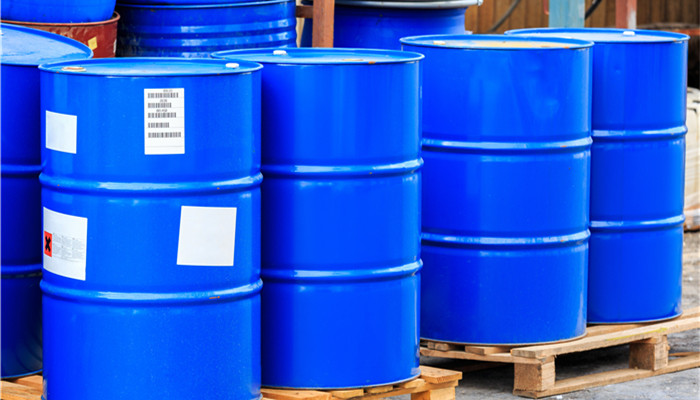
The application fields of acrylic pressure-sensitive adhesives continue to expand, and there is broad room for future market development.
Acrylic pressure-sensitive adhesive is a copolymer of acrylic monomers and other vinyl monomers. Acrylic pressure-sensitive adhesive has excellent properties. It not only has the fluidity and wettability of liquids, but also has the cohesiveness of solids. Acrylic pressure-sensitive adhesives have a wide range of downstream applications, involving sanitary materials, packaging, construction, transportation, automobiles, papermaking, electronic appliances and other fields. In recent years, with the expansion of application fields, the acrylic pressure-sensitive adhesive market has developed rapidly.
According to the “2021-2025 China Acrylic Pressure Sensitive Adhesive Market Feasibility Research Report” released by the Industrial Research Center, my country is The world’s largest producer of hot-melt pressure-sensitive adhesives. In 2020, the output of my country’s hot-melt pressure-sensitive adhesive industry will be around 400,000 tons. As a new type of hot-melt pressure-sensitive adhesive, acrylic pressure-sensitive adhesive has the characteristics of colorless and transparent, green and environmentally friendly, and excellent bonding performance. With the development of the hot-melt pressure-sensitive adhesive industry, the market size of acrylic pressure-sensitive adhesive will also further expand. expand.
Acrylic pressure-sensitive adhesive has excellent performance. Under the background of increasingly stringent environmental protection supervision, the application fields of acrylic pressure-sensitive adhesive are increasingly expanding. At present, companies in my country engaged in the production and research of acrylic pressure-sensitive adhesives include Dongguan Chengming Adhesive, Maxim New Materials Co., Ltd., Zhejiang Duobang New Materials, etc. As research continues to deepen, more acrylic pressure-sensitive adhesive products will enter the market in the future, and the acrylic pressure-sensitive adhesive industry will continue to upgrade towards environmental protection, high-end, new type and intelligence.
There are many types of acrylic pressure-sensitive adhesives, which can be divided into solvent-based acrylic pressure-sensitive adhesives, emulsion-type acrylic pressure-sensitive adhesives, hot-melt acrylic pressure-sensitive adhesives and radiation-curable acrylic pressure-sensitive adhesives, among which emulsion-type Acrylic pressure-sensitive adhesive is currently the most widely used pressure-sensitive adhesive product. Radiation-curable acrylic pressure-sensitive adhesive is a solvent-free pressure-sensitive adhesive. Common curing technologies include electron beam radiation (EB), ultraviolet radiation (UV), etc. UV light curing technology has the characteristics of environmental protection, energy saving and high efficiency. , is one of the current hot research directions in the environmentally friendly acrylic pressure-sensitive adhesive market.
Different types of acrylic pressure-sensitive adhesives have their own advantages and disadvantages. For example, hot-melt acrylic pressure-sensitive adhesives have the characteristics of high coating rate, green environmental protection, and excellent weather resistance. However, they are also easy to age under high temperature conditions and have a short service life. , The disadvantage of poor strength. In the future market, the development of the acrylic pressure-sensitive adhesive industry still needs to focus on improving product performance, optimizing production processes, and expanding downstream applications.
Industry analysts said that acrylate pressure-sensitive adhesive is a type of hot-melt pressure-sensitive adhesive with excellent comprehensive performance and is suitable for downstream applications. It has a wide range of fields. With my country’s economic growth, the market demand for acrylic pressure-sensitive adhesives will continue to be released. In the future market development, relevant companies should focus on product and technology research and development, and rational layout of production capacity, thereby promoting the standardized, healthy and environmentally friendly development of the acrylic pressure-sensitive adhesive industry.

 微信扫一扫打赏
微信扫一扫打赏

